Christianity: 1650-1789 Reason, Revival, and Revolution
Christianity in North America during the 1600s.
Through the 1600’s and early 1700’s, large numbers of colonists made their way to North America.
- One side-effect of the Reformation was the rise of many people oppressed for their religious beliefs and practices, giving them a reason to emigrate.
- The first colonists of the Reformation were as zealous as the originators.
- 12 of the 13 Colonies (down the East Coast of today’s USA) had substantially Protestant backgrounds, most of them Calvinist.
- The Scots and Dutch set up Presbyterian and Reformed churches, but many from England brought the Calvinism of the Puritans and Separatists.
- Other groups from the Reformation came later.
- 1607 – The Jamestown community was set up in what is today Virginia. Originally, an Anglican church was started, but the Anglicans didn’t provide a bishop for New England, which helped weaken this church.
- Congregational churches (i.e. each congregation is independent) and Presbyterians formed the largest group.
- 1620 and 1628 saw groups of Puritans and Separatists arriving in Massachusetts, driven out of England by the policies of King Charles I.
- 1648 saw the Puritans and Separatists merge, becoming the basis for American Congregationalism.
- The 1620’s also saw the arrival of Dutch Reform immigrants (1626 – Dutch East India Company founded a colony on the Hudson River.
- It continued after England took over the colony in 1664, and by 1700 was strong in New York City.
- The late 1600’s saw more churches planted in Maryland, and Pennsylvania.
- For example, more Irish came to America to escape the oppression of the Stuart kings.
- The American Baptists started in Rhode Island in 1639.
- By 1690 the Colonies had a population of about 250,000 immigrants, most of them British – English, Scottish, and Irish.
- After that, arrivals increased from other European countries – for example Lutherans getting away from persecution in parts of Germany.
- By the early 1700’s, 200 years after the start of the Reformation, many churches in the Americas had become stale and lost the fervour of the initial Protestants.
- A major reason was that increased wealth brought materialism to the colonies.
- From the late 17th century through the early 18th, many ministers recognized this, but were unable to make much headway against it.
- For example, a major earthquake in New England in 1727 resulted in a few years of more people attending church, but that faded out. One Boston preacher reported “Alas, as though nothing but the most amazing thunders and lightnings, and the most terrible earthquakes could awaken us, we are at this time fallen into as dead a sleep as ever.’
The Great Awakening: Revival in America
Starting around 1740, things began to change.
- A Calvinist Methodist preacher named George Whitefield from England came to New England for a six week preaching tour. (We’ll talk more about Methodism later in this lesson)
- In Boston, crowds were too large to fit into a church building, and he preached outside.
- An estimated 20,000 attended his last sermon before returning to England.
- The revival here continued for 18 months – and various ‘religious societies’ were formed.
- Over the next three years, this spread through New England, and then through New York, New Jersey, Pennsylvania, Maryland and Virginia.
- It also expanded to other church groups, like the Presbyterians and Baptists.
- Local ministers were also roused – described as ‘dead men coming alive and being used to revive their people.’
- Missions were started, including to the indigenous populations.
- Princeton College in New Jersey was established during this period.
- For the most part, the Great Revival in America was very much a Protestant revival, principally Calvinist.
- One result of the Great Revival was that as the American frontier moved west, Christianity moved with it.
The Great Awakening: Revival in Germany
By 1700, Lutheranism in Germany had lost its vitality.
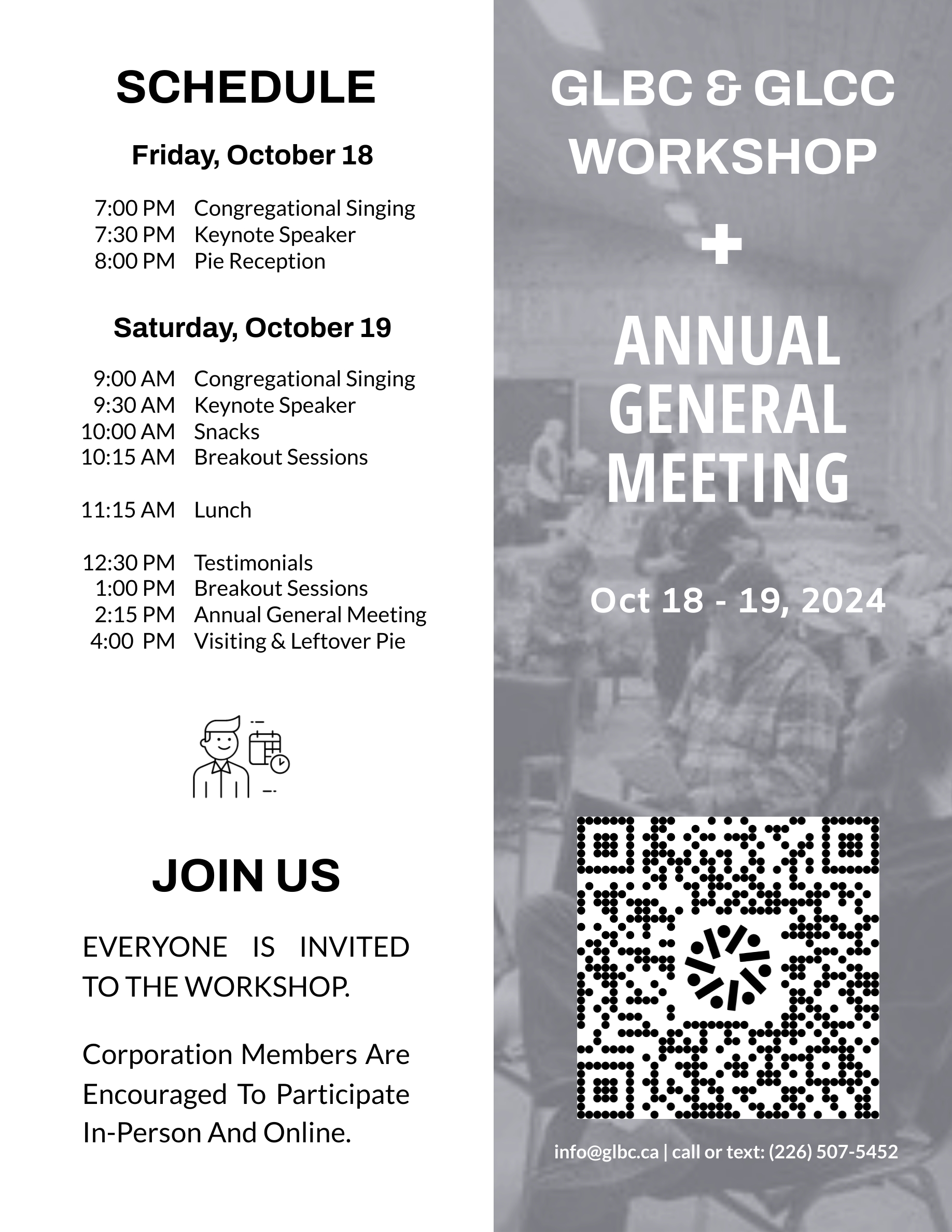
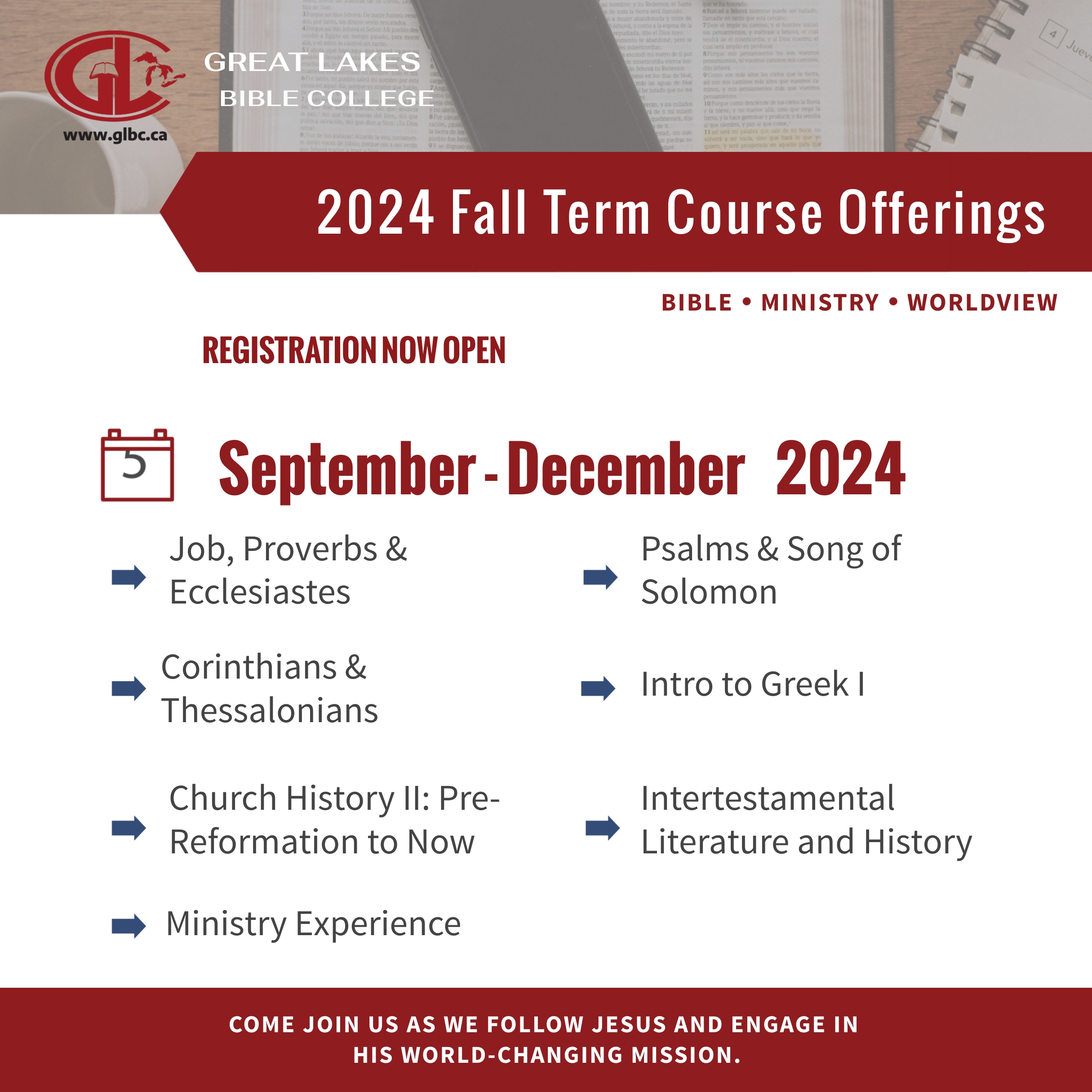
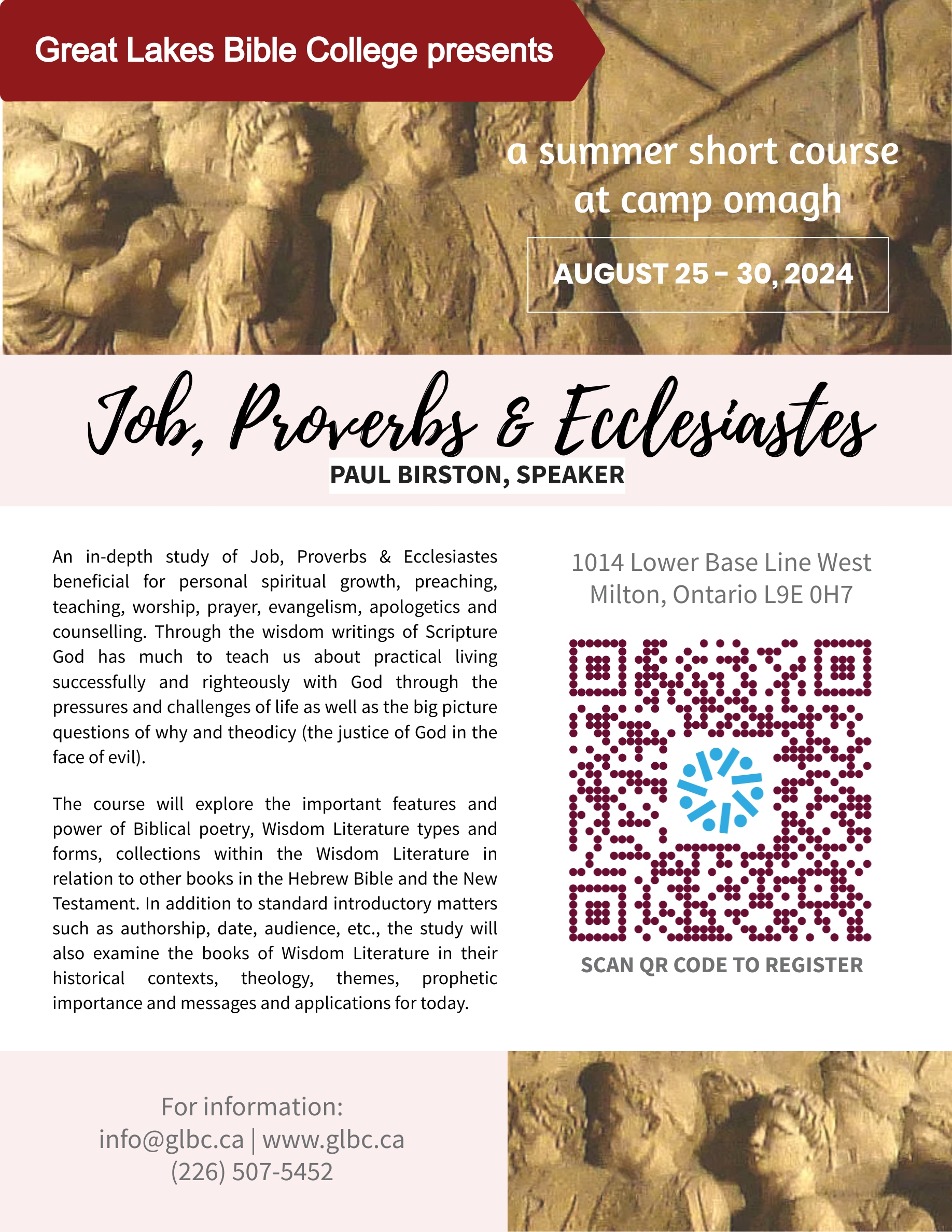

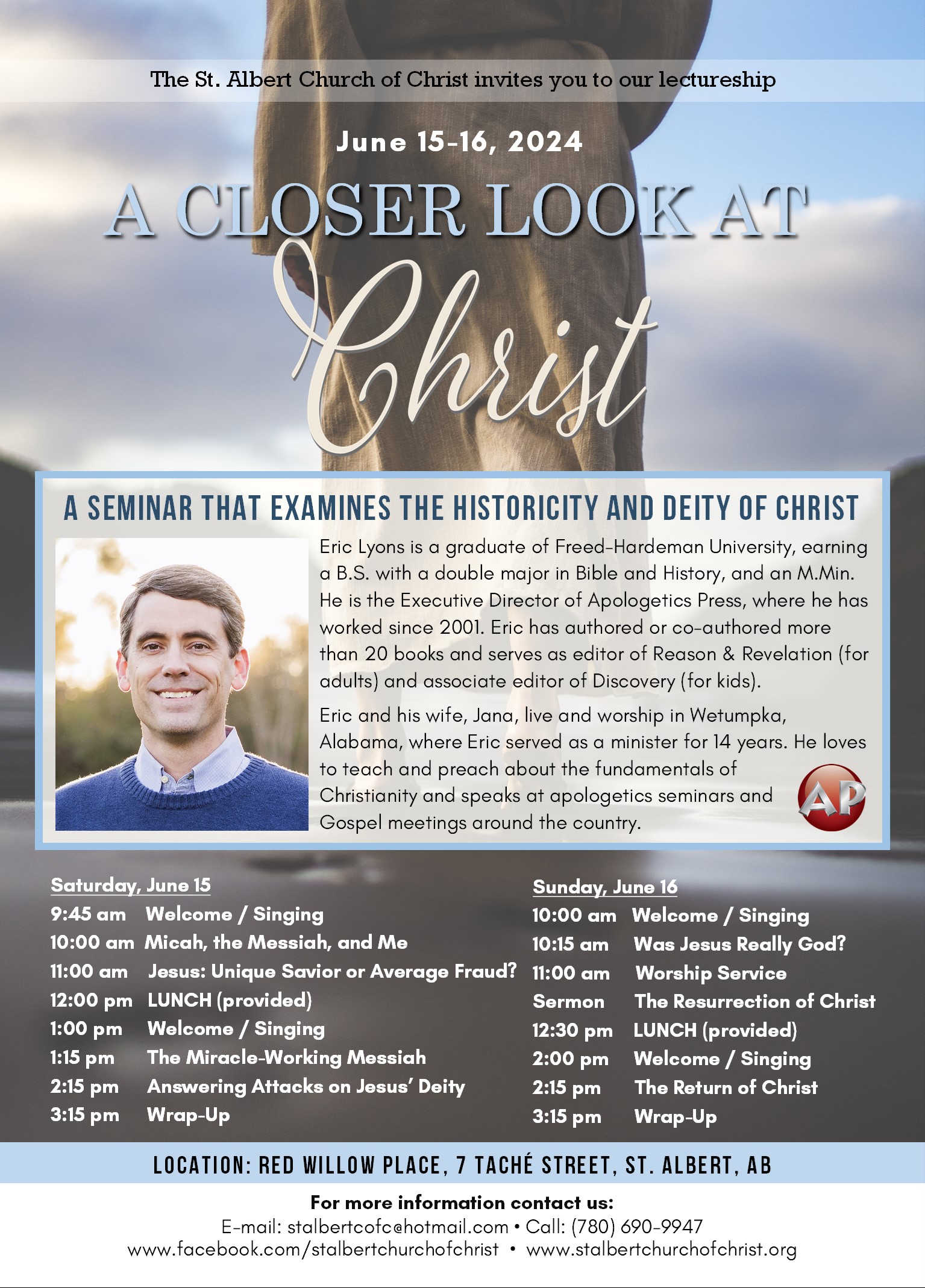

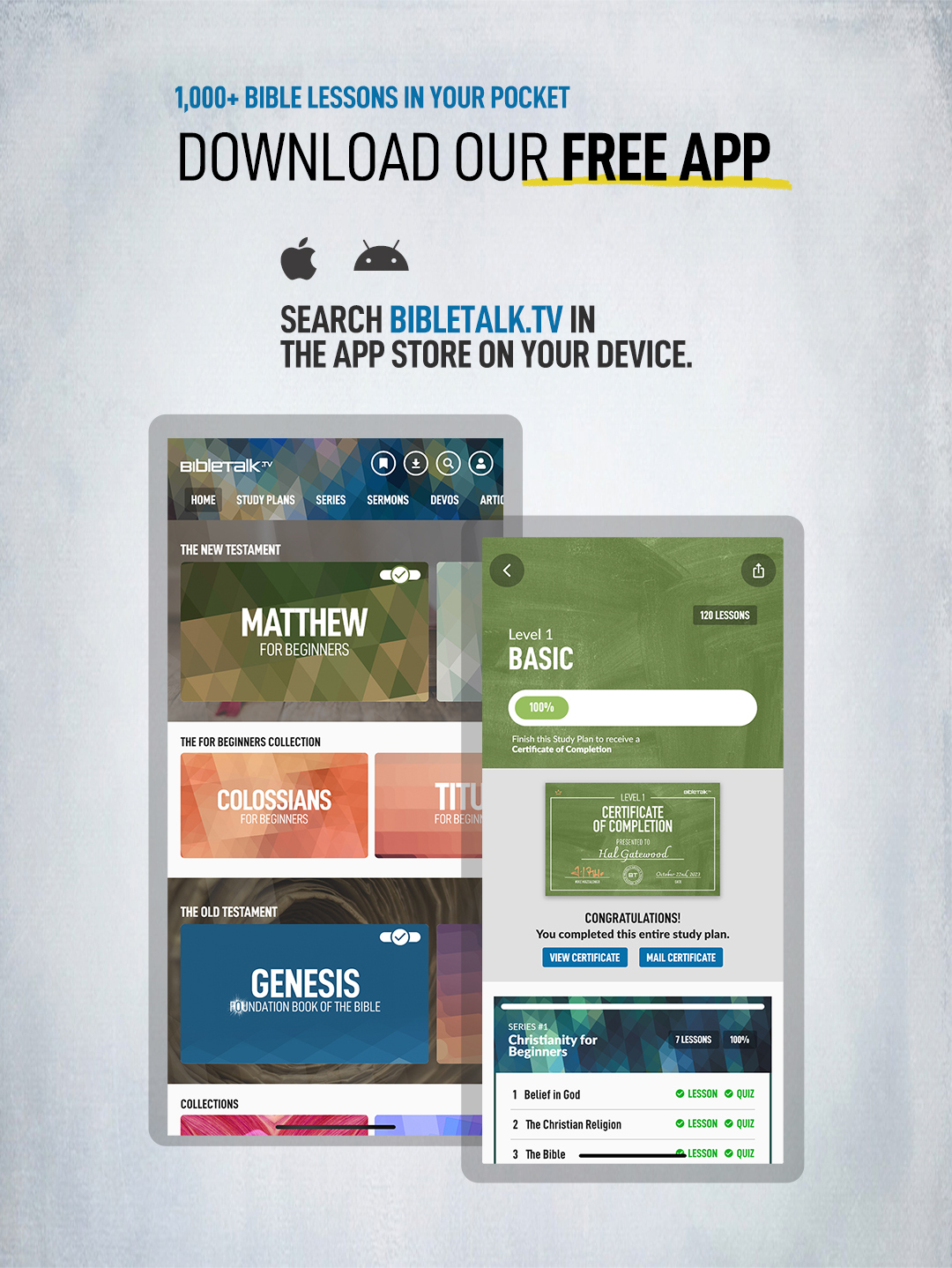
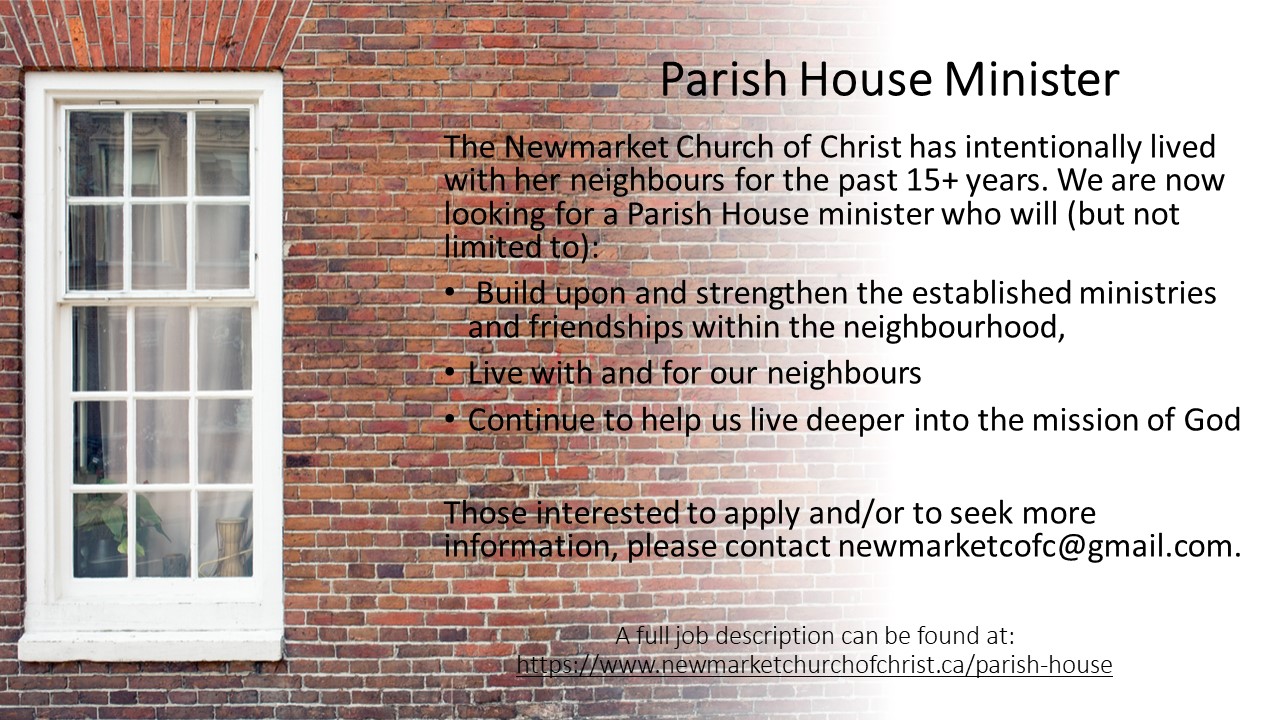
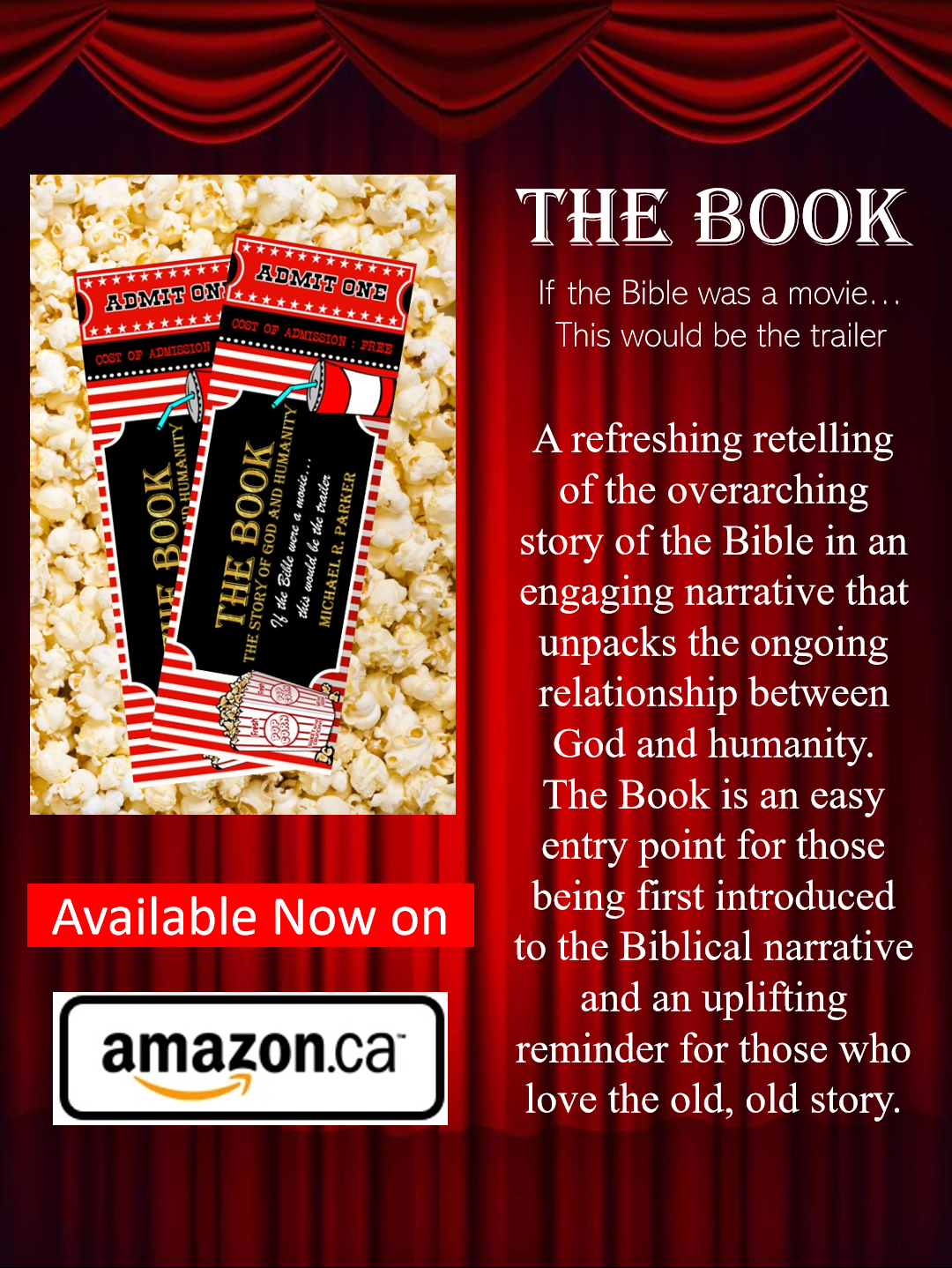
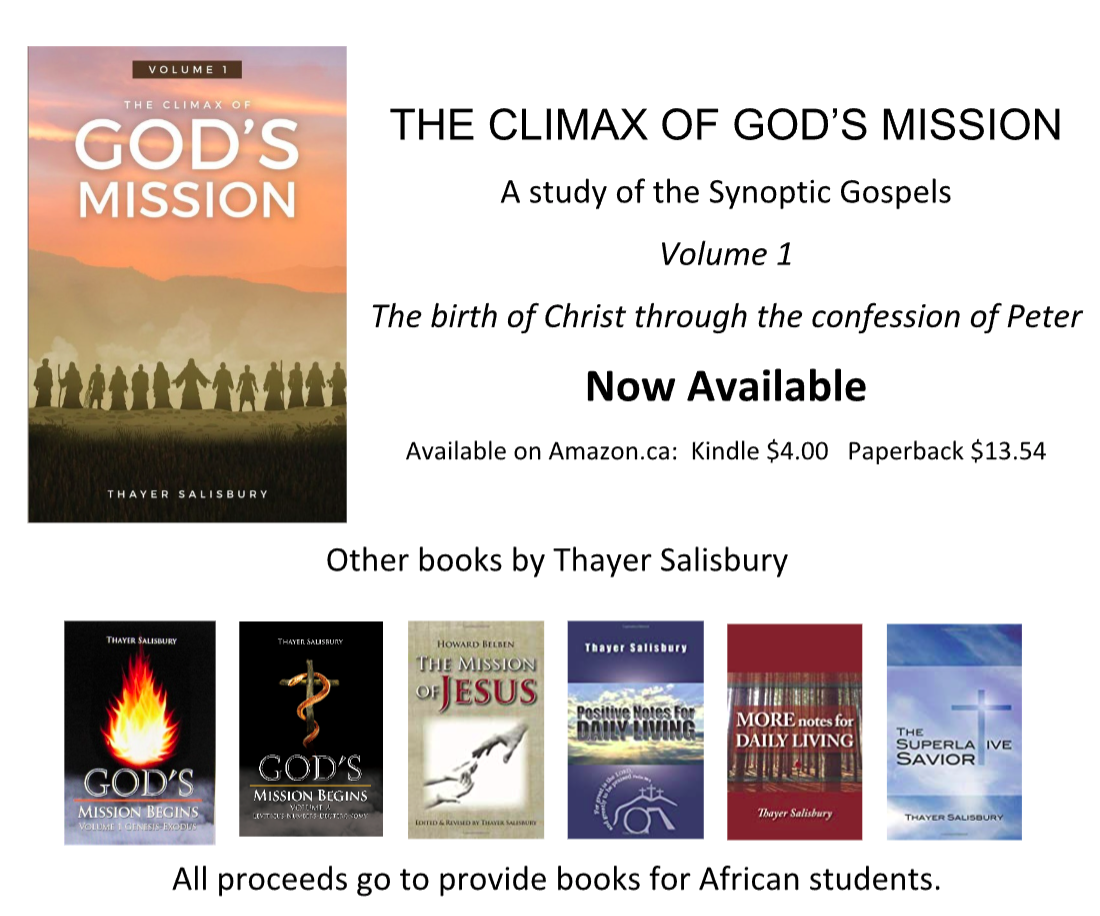



- The Thirty Years War had finished about 40 years earlier, but exhausted the churches and they hadn’t recovered.
- A movement called Pietism started in the Netherlands – reemphasizing the importance of the new birth, personal faith, and Christian experience to spur on Evangelism.
- In 1692, Philip Jacob Spener, a Frankfurt Lutheran pastor, wanted to recover Luther’s appeal to the heart, and had been strongly influenced by the Pietist movement.
- He started house churches, a school for the poor, an orphanage, and other institutions – Christianity at work in society.
- He also encouraged Bible-reading, and putting into practice the priesthood of all believers. To shift from theory and correct dogma, to the actual practice of Christianity.
- This spread through the churches in Germany.
- A new round of hymn-writing took place – which later was translated and became widely used in England.
- Missionary work was also an active concern.
- Another group influenced by this movement gathered in Saxony, on the estate of Count von Zinzendorf.
- Initially a small group of Moravians gathered, but over time it became a haven for Protestants being persecuted in other places in Germany. United Brethren, Lutherans, Reformed, Separatists, Anabaptists and others.
- In 1727 all these agreed to accept an ‘apostolic rule’ of 42 statutes and be a single congregation of Christians.
The Great Awakening: Revival in England
- From the Moravians on Zinzendorf’s estate, an Englishman named John Hutton returned home, and was influential in the English Revival.
- John and Charles Wesley also were strongly influenced by one of these Moravians – as a result, John spent some time in this community.
- In the early 1700’s, the Anglican Church was also in need of revitalization.
- Partly as reaction against the extremes of both Roman Catholicism, and Puritanism.
- Passionate convictions of any kind became frowned upon.
- The Kings of the time were indifferent to Christianity, and Prime Minister Walpole tried actively to put a stop to the gospel in his tenure between 1721 and 1742.
- A slide in personal faith had led to a slide in moral standards.
- John Wesley wrote, “What is the present characteristic of the English nation . . . Ungodliness is our universal, our constant, our peculiar character.”
- The English Revival took place from 1738-1742.
- Preceded by a revival in Wales 1735.
- In 1737, ‘field-preaching’ was begun in England – by George Whitefield, whom we met before in these notes.
- He’s the one who would do the six-week preaching tour of New England in 1740.
- In 1738, John Wesley was moved to revival – he has been called ‘the apostle of England’.
- ‘If one man had to be picked out as the reviver, that man’s name would assuredly be John Wesley’ (John Henry Overton, 1886.)
John Wesley and Methodism
- John was the organizer and administrator of a rapidly expanding movement.
- His brother Charles was the ‘sweet singer’ of Methodism, writing over 7,000 hymns. We have 10 in our own ‘Songs for Worship and Praise’, 15 in ‘Songs of Faith and Praise’.
- Both were born in England (1703, 1707), sons of an Anglican Church man.
- Both studied at Oxford, where Charles started the ‘Holy Club’, which included readings from George Whitefield.
- The Wesleys went to Georgia in 1737 on behalf of the Society for the Propagation of the Gospel. During the voyage, they met some Moravian Christians.
- Returning to England in 1738, both met another Moravian, and both had a ‘vital Christian experience.’
- The brothers were convinced that Britain must at all costs hear the good news of salvation.
- Rather than being located in one place, they both felt their call was to travel and preach wherever pulpits were available, and also in the market places or on the village commons.
- As the result of the public preaching, and the growing popularity of hymn singing, many working class people were drawn Christianity.
- The ‘Holy Club’ aimed to provide a disciplined method of spiritual improvement – and one of the nicknames given to the group was ‘Methodist’, which became the name of the church that ultimately resulted.
- Members had regular private devotions and met each evening to read the Bible and pray.
- John Wesley credited this club to being the first rise of Methodism.
- 1736 in Georgia was another – to which the Wesleys would have been exposed in their 1737 trip.
- In 1738 Wesley helped lay down the rules for an Anglican Society which began meeting in London.
- Once the Wesleys started preaching publicly, they recognized the need to care for new converts.
- Unlike Whitefield, who left that to others to take care of as he moved on to other places.
- Wesley took names and addresses intending to visit them in their homes – which became the Methodist Society – a company of people associating together to help each other work out their salvation.
- Methodism didn’t begin as a church, but as a society, within the Church of England, which is where Wesley originally intended it to remain.
- Though there was opposition from the Anglican Church, Wesley encouraged the society members to remain faithful to that Church.
- It wasn’t until after Wesley’s death that the Methodist church emerged from the Anglican Church.
- Methodism was quite open, unlike many other religious groups.
- The only condition for prospective members was ‘a desire to flee from the wrath to come, to be saved from their sins.’
- Class-meetings were introduced in 1742
- This was originally to encourage Christian stewardship, with no overtones of education. ‘Class’ from the Latin classic, meaning division.
- It developed into a means for those leading the class-meetings to also watch over the souls of the members, and so provided discipline, fellowship, and pastoral care.
- In 1744 a Conference of the Methodist Societies was held, to consider how best to carry on the work of God through England.
- The result was a series of circuits that preachers would follow – initially there were seven laid out.
- Those making the rounds would not only preach, but also ‘feed and guide, teach and govern the flock.’
- Their common commitment was ‘that justification by faith is the doctrine of the Church as well as of the Bible.’
- Salvation for all, and a stress on the promise of the Holy Spirit, and Scriptural holiness.
- So, an Arminian approach, unlike Whitefield’s Calvinist beliefs.
- Much of England was covered within 10 years.
- It spread to Ireland, starting with a visit by Wesley in 1747.
- The Calvinistic Methodists were more successful in Wales.
- Neither part of the Methodist movement gained much traction in Scotland.
- Wesley died in 1791 – after having made sure that on his death, the Methodist Conference would have authority over the movement.
- Four years after his death, Methodism formally separated from the Anglican Church.
- The English Revival was actually accomplished through various sources and approaches.
- The Moravian mission.
- The Calvinistic mission, led by Whitefield.
- The Wesleyan mission, which produced the societies that eventually became the Methodist church.
- Within the Church of England – rise of ‘Anglican Evangelicalism.’
- Initially all who were caught up in the revival were called ‘Methodist’ or ‘Evangelical’ regardless of their church membership.
- Gradually the Evangelicals were recognized as working within the framework of the Anglican Church.
- John Newton – one-time slave trader turned preacher and hymn-writer – was one of the Anglican Evangelicals. We have five of his hymns in ‘Songs for Worship and Praise’, three in ‘Songs of Faith and Praise.’
Methodism in America
Immigrants from Ireland brought Methodism to the New World.
- The first society was formed around 1760 in Maryland, and this spread to nearby areas.
- Another centre started in 1765 in New York.
- Reports made it back to England, and in 1769 several volunteers came to America to help, followed by several more in 1771.
- They urged the American leaders to push to the frontiers with their evangelism – not only to cover the colonies, but also as expansion took place to expand with it.
- Most of the English volunteers returned to England when the Revolutionary War started.
- In 1784, the Methodist conference in Baltimore took the name of “Methodist Episcopal Church’ – contrary to Wesley’s wishes.
- This may have been part of the general mood at the time. With the new United States now politically independent from England, perhaps the same feeling was present in becoming independent from the English Methodists as well.
The Great Awakening: Revival in Scotland
- The 18th century for the Scottish Presbyterian church was once described as ‘the dark age of the Scottish Church.’
- In 1740-42, revival began in Scotland, also.
- Whitefield (remember him?) went to Scotland in 1741, and preached wherever he could, including within the Church of Scotland.
- Others took the lead, resulting in an ‘Evangelical’ party within the Presbyterian Church, which ultimately took over from the moderates and shaped the future of that Church.
- This was one reason why Methodism didn’t gain traction in Scotland.
Results of the Great Awakening
- Hard to quantify – ‘Revival is a work of the Holy Spirit in human lives and cannot be mathematically measured.’
- Nominal Christians were turned into New Testament Christians.
- Revival and Evangelism seem to go hand in hand.
- Thousands of non-Christians were brought to Christ.
- Pastoral care improved.
- Led to creation of a number of agencies, or societies, formed to promote Christian work.
- Missionary organizations – especially towards the end of the 18th century – domestic and foreign.
- Religious tract societies.
- Foreign Bible Society.
- Introduction of Sunday Schools for Christian Education (started 1769 by the Methodists). This was a step towards free education for all.
- Passion for social justice.
- The movement to end slavery in the British colonies was led by people with evangelical convictions.
- 1767 – A slave should be freed whenever he set foot on English territory.
- William Wilberforce took up the issue of slavery in Parliament, until in 1807 it was abolished.
- Prison reform – John Howard led a crusade for reform, encouraged by John Wesley.
- Concern for the poor – distributing clothing and food for the needy, health care, and job training.
- The movement to end slavery in the British colonies was led by people with evangelical convictions.
Hymns and Church Music
Until the early 1700’s, there was no book of hymns for use in the Reformation based Church of England.
- Early on, Psalms were modified to be ‘metrical’ – to have a specific pattern for singing.
- In 1623 ‘Hymnes and Songs of the Church’ was published, but didn’t take.
- Hymns were also taken from the work of poets and others. Joseph Addison penned ‘When all thy mercies, O my God’, and ‘The spacious firmament on high’ around this time. We have one of his hymns in ‘Songs for Worship and Praise’, two in ‘Songs of Faith and Praise.’
- In the late 1600’s, the writing of hymns as a specific endeavour began to be more common. The Baptists were early pioneers of using these in congregational worship.
Isaac Watts wrote ‘man-made’ hymns, as opposed to ‘inspired’ hymns (e.g. the Psalms.)
- He published ‘Hymns and Spiritual Songs’ in 1707, which was a best-seller.
- Later he published other books, including one for children.
- He wrote over 600 hymns (we have 13 in ‘Songs for Worship and Praise’, 12 in ‘Songs of Faith and Praise’), which expanded from inspired and teaching type hymns into praise and adoration.
As mentioned earlier, both Wesleys, but especially Charles, wrote thousands of hymns.
- 1737 saw publication of ‘The Collection of Psalms and Hymns’, compiled by John, and published in South Carolina – the first successful hymn book for the Church of England.
- Other books came later, including Charles’ hymns, and John’s English version of German hymns.
‘Methodism, like Lutheranism, was born in song.’
- Hymns consistently focusing on praise and wonder helped many in their daily walk with God.
The Americas also saw several hymn books printed – the first hymnal in English published in 1640.
Where Lutheranism was strongest, choir singing was common, as was the development of organ music.
- Bach wrote many cantatas for different periods in the church calendar.
Where Calvinism was strong, metrical Psalm singing was the rule for a long time, in German, French, and Dutch.
- Unaccompanied unison singing was most common, though Holland incorporated organ music.
- Each psalm was ‘lined out’ – when few could read, or where books were still expensive, each line was first read out loud by a ‘precentor’, and then sung by the congregation.
- ‘Precentor’ from the Latin ‘cantor‘, meaning ‘the one who sings before’, or ‘first singer’.
- Corresponds to our use of a Song Leader today.
In the Anglican Church, metrical psalms were most common through the parish churches.
- In the cathedrals, ‘anthems’ became more common.
- Purcell, Handel, Haydn, Mendelssohn and others wrote many of these.
The Russian Church
Remember that the Russian Church was one of the primary strongholds of the Eastern Orthodox Church, with Constantinople (now Istanbul) being in Muslim hands.
- Remember also that Russia regarded itself as the Third Rome – following Rome and Constantinople.
- The Russian ruler even took the title Tsar or Czar – based on the title ‘Caesar.’
During the 1500’s, the Russian state and Church, always close, became closer.
- There was controversy within the Church on its role in society – should it be ministering from a position of poverty, independent of secular and political concerns? Or, should the Church and state unite, with the rich Church supporting and being supported by the ruler?
- The state favoured the latter position, called ‘Possessors’, and persecuted the former, ‘Non-Possessors’.
- Ultimately the church held almost one-third of all property in Russia.
- Ivan IV (1530-1534) was the first to be crowned as Czar of all the Russians, in 1547.
- In 1589, the head of the Orthodox Church was raised to the title of ‘Patriarch’, in keeping with older traditions of patriarchs of Antioch, Alexandria, Jerusalem, and Constantinople.
When Ivan IV’s son died, Russia entered a dark time, ‘the Time of Troubles’, from 1598-1613.
- Ultimately the Romanov house became the leaders, lasting until the early 20th century.
- During the Troubles, the patriarch was a source of strength in Russia, until Poland, which had invaded Russia taking advantage of the civil wars, had him killed.
- His successor as patriarch was the father of the first Romanov Czar, who dominated his son, sat on the throne beside him, and called himself ‘The Great Sovereign’ – really welding Church and state together.
The Church was in some ways as corrupt as the Roman Church, with material concerns being put ahead of spiritual responsibilities.
- There was a call for spiritual reform – but when one of those reformers (Nikon) became patriarch, the level of reform was along the lines of ritual, rather than spiritual renewal. For example – declaring the sign of the cross be made with three fingers raised, rather than two.
- This wasn’t taken well by the would-be reformers, and the Russian church split into two.
- Nikon used the power of the state to enforce his ‘reforms’ and to try to put down the reformers – their leader was burned at the stake in 1682.
- This didn’t end the schism – many were emboldened to be more public about their new spirituality, and thousands were put to death – or even killed themselves.
- They believed that the end of the world was near. With the Russian church, the third and last Rome, deserting Orthodoxy, didn’t that mean the reign of Antichrist had begun?
- Why so much struggle over ritual? Remember the Russian church descended from the Eastern Orthodox, in which ritual had become paramount.
This struggle ended up weakening the Church. When Nikon tried to take the title of ‘Grand Sovereign’ as patriarch, as his predecessor had done, the state was strong enough to have him removed from office.
- The Russian Church became subject to the power of the state.
- Peter the Great abolished the office of Patriarch in 1700, replacing the office with a committee of bishops and lay bureaucrats appointed by the Czar. A government appointed official supervised this committee – the Church basically became a department of the state.
- For example, any priest who, in the confessional, discovered evidence of treason or anti-government plans, was obligated to pass that information on to the police.
There were Church members who rejected this ‘reform’, and withdrew from the Church into communities practicing older forms of Orthodoxy.
- They were self disciplined, frugal, and industrious – as Christians ought to be – and became prosperous and important in the economic development and expansion of Russia to the north and east.
- This group also split – some arguing that since the Antichrist now ruled the Church, the succession of the true priesthood had ceased – one of the sub-groups became ‘priest-less’, the other ‘priestly’.
- Remnants of these still survive in Russia.
- Some of the Peasant Revolts in Russia were related to these ‘Old Ritualist’s’ opposition to the Czarist state and Church.
The official Russian Church continued to claim itself as the leader of Orthodox Christianity.
- A war between Russian and the Turks under Catherine the Great ended in 1774 with the right of the Czar to intervene in the internal affairs of the Ottoman Empire on behalf of Orthodox subjects of the Empire’s sultan.
- Catherine also ordered that Church and monastery land become property of the state.
As a result of all this, Russia was ripe for Christian and other influences from abroad, in rejection of the state Church and the abuses of the rulers.
- For example, Mystical Protestantism, and Freemasonry – not a church, but similar to a mystery religion where over time freemasons work through various levels, and each level reveals more information.
- Some opposition was bizarre – several groups were Khysty (flagellants, believing closeness to Christ came with physical suffering), Skoptsy (practicing self-mutilation – to be free from physical temptation), Dukhobors (‘Spirit Wrestlers’ – pacifists, rejecting personal materialism, and believing that God’s spirit was to be revealed within each individual. There are Dukhobor descended communities in western Canada today), and Molokany (‘milk drinkers’ – because they rejected the Orthodox directives for fasting, which included abstaining from dairy.)
The 1700’s and 1800’s did bring some spiritual revival even within the Russian Orthodox Church.
- Church-backed education started, as well as enthusiasm for missionary work as far as China, Japan, and even parts of North America.
- Czar Alexander I formed the Russian Bible Society in 1812 to provide Russian translations of Scripture.
Christian Expansion World-wide
For 150 years after the start of the Reformation, Europe suffered from religious wars – usually between Catholic and Protestant leaders for control of Europe.
- These ended in 1638 with the Treaty of Westphalia, which we talked about before.
- France, England and the Netherlands – mostly free from the later wars – had been able to expand their fleets and establish colonies overseas, and became the dominant states in Europe.
- Spain was weak in armies and finance, and lost her ability to keep up.
- Portugal, an earlier leader in colonization, was too small to protect her scattered colonies.
Missionaries often accompanied the colonists, and sometimes even preceded them.
- In some areas Spain retained control – Central America, and expanding up the west coast into modern-day California, for example.
- England expanded her colonies, taking Florida from Spain.
- France expanded in the Canadas, and in the Louisiana / Mississippi region.
- New trade routes were developed.
- Missionaries – both Catholic and Protestant – followed these trade routes, as well as going to the various colonial holdings.
Catholic Missions
In 1622 a new policy was introduced by the pope: the ‘Sacred Congregation for the Propagation of the Faith.’
- Its aim was to bring Catholic missions more under Vatican control, and end the ‘patronage’ system where the pope had given countries like Portugal and Spain the responsibility for spreading Catholic Christianity.
- An initial investigation revealed that the patronage system had been neglected in some areas, suffered from rivalry between different religious orders, was subordinated to political interests, or had led to abuse and alienation of native populations.
- By 1649, the group charged with carrying out this policy was the most important force in Roman Catholic expansion.
- One of the changes included appointing bishops responsible directly to Rome (rather than to the Church of a country such as Spain or Portugal), and having them in charge.
- French Catholics became a main source for these men – the French had not been part of the previous patronage system.
- In some areas such as India, these bishops started training native clergy, and handed over their work to them. This became regular practice.
- Missionary areas they took on included India, Japan, Vietnam, Macao, China, the Philippines, Canada, South America, Central America, Mexico and the south-west of the current USA (California, New Mexico, Arizona, Texas.)
- Africa was largely lost as a mission field, between European rivalry for colonies there, and the slave trade.
- A dispute arose over how to treat native cultures.
- Most Catholic missionaries required natives to abandon their own culture – the reasoning being that local cultures were based on non-Christian religions.
- However some held that not only should these new Christians continue in their culture, but that missionaries should also learn and live in the style of the countries in which they served.
- In 1659 a new instruction was issued, reasoning that it was absurd to attempt to turn Asians into Europeans.
- Unfortunately the new instruction wasn’t accepted by all, and clashes between different religious orders took place, especially in China.
- Over time, the Church shifted from retaining the native culture, and in 1704 the pope banned that approach.
- The Chinese emperor appealed to the pope, but was ignored. As a result, China expelled almost all missionaries – leaving a church that by 1700 had grown to perhaps 300,000 members.
- These Christians found themselves persecuted, and many were martyred. It would be about 150 years before Catholicism would return to China.
Protestant Missions
Initially this took one of two approaches:
- The first was through national trading companies, and through the colonies – both chartered by the crown.
- Based on the assumption that the citizens of a nation formed the Christian church of that country.
- The companies and colonies were expected to promote the form of Protestantism practised in the homeland.
- The trading companies included the Dutch East India Company and the British East India Company.
- Some of these ceased mission activities – for economic reasons, not wanting to harm their trade relations.
- Others partnered directly with missionaries, translated the Bible, founded schools and seminaries.
- New England is a good example of working through colonies.
- Massachusetts was chartered by Charles I of England – that charter included a clause that not only should the colonists continue in their religion, but that also their ‘good life and orderly conversation may win and incite the natives of the country to the knowledge and obedience of the only true God and Saviour of mankind, and the Christian faith.’
- Missionary work among the natives in this region did take place through the 1600s, but the outbreak of war between natives and colonists in 1675 pretty much wiped out the progress.
- The second approach to missions was by the new Protestant societies and denominations that were forming in the late 1600’s and continuing into the 1700’s.
- Mission societies, Bible societies, education were all brought to bear in expanding these churches.
- Missions went, then, to the American colonies, the Canadas, Greenland, the West Indies, India, the Virgin Islands, Surinam, South Africa and more.
Christian Expansion – summary
We’ve summarized mission activity through to around the end of the 18th century.
- The 19th century saw the missionary vision increase substantially.
- However, through this period, Protestant, Catholic, and Orthodox Churches grappled with a number of issues that remained important going forward:
- The relationship between Christianity and indigenous culture.
- The need to train local Christian leaders.
- The importance of translating the Bible.
- Further, during this period, Christianity reached around the globe for the first time.
Reason and Unreason
The Reformation began with Luther taking a stand against the pope, the most powerful ruler in Europe, declaring that his conscience before God was more important than Church practices.
- A form of individualism, over the more collective outlook of previous centuries.
- Think about what all that stand led to.
About 100 years later, in 1619-1620, a French Philosopher took individualism further, and questioned everything.
- Rene Descartes’ new thinking began with a resolve to doubt everything that could be doubted.
- His ‘Cogito ergo sum’, (‘I think, therefore I am’), was his famous foundational point upon which any further assertions would be based.
- His intent was to develop self-evident ideas, which any rational thinker could see as true.
There were certainly differences:
- Luther was taking the Word of God as his authority, his conscience was that part of him which called him to submit to that authority. The starting point is that ‘God exists’.
- Descartes’ foundation was self – the starting point is that ‘I exist’.
But – one commonality is that we must each make up our own mind.
- Don’t take anyone else’s answer without proving it for ourselves.
At the same time, within Christianity, were movements such as the Pietists and Quakers with focus on personal devotional life and the inner light of the Spirit.
- The 1600’s and 1700’s were an era of disconnect where reason vied with unreason.
- This struggle is still substantially unresolved today. Is Christianity an experienced based, or a reason based life?
Three Great Rationalists
Rationalism today generally means that everything is judged by reason.
- When this is done, belief in the supernatural will be swept away, leaving only the hard facts.
- In the 1600’s, though, Rationalism wasn’t necessarily hostile to God.
- There were various systems of Rationalist thought – all had in common the belief in the rationality of the universe, and the ability of mind or the power of reason to grasp it.
Rene Descartes (1596-1650)
Descartes was a Roman Catholic, and a mathematician.
- His idea was to think rationally from first principles.
- At this time, science was beginning to help us understand more of our world.
- Science relied on our senses – what can be touched, seen, and measured.
- But – how can we know that our senses can be relied upon?
- This is where Descartes started.
- His starting point was the recognition that in order to doubt everything that he could, then he must actually exist in order to be able to doubt.
- From Cogito ergo sum, Descartes went on to prove the existence of God, and to show that God, being good, would not allow us to be deceived in the right use of our minds and senses.
- Descartes took and updated some of the medieval proofs of God’s existence.
- For example, just as implicit in the idea of the triangle is that the sum of the angles equals two right angles (i.e. 180 degrees), so the existence of God is included in the very idea of God.
- Since Descartes, other philosophers have debated even the Cogito ergo sum and it’s conclusions.
Baruch Spinoza (1632-1677)
Spinoza came from a Jewish background.
- Spinoza’s philosophy denied the existence of God as separate from the world. Rather, he believed that there was only one substance – God, or, equivalently, nature.
- Whether we say ‘God’ or ‘nature’ speaks to the same thing – ‘God’ emphasizes the cause, ‘nature’ the end product.
- He attempted a philosophy worked out in a mathematical manner from what he alleged to be self-evident first principles – similar in intent to Descartes’.
- His first principles were clear – but modern philosophers recognize that clear first principles aren’t enough unless there is something that actually corresponds to it. I.E. clear first principles that have no correlation with any type of reality or experience are in fact meaningless.
One analysis of Descartes and Spinoza and other early rationalists is that they made two mistakes:
- The first was their assertion that if their first principles were rational enough, then they were sound.
- The second was that it was enough to proceed from those first principles rationally deducing one point from another.
- However – reality is not known by reason alone, but also based on our experience of reality.
G.W. Leibniz (1646-1716
Leibniz was a German Protestant, a scientist who was granted honorary membership in the Royal Society in England.
- He held that the universe is made up of an infinite number of monads, or simple substances without parts and which are eternally active.
- These monads form an ascending series, from the lowest, which is next to nothing, to the highest, which is God.
- God being the original, simple substance from which all others come.
Three Great Empiricists
In Britain, empiricism was the more significant – that is, stressing the part played by experience in knowledge.
- This was in part a reaction against and a correction of the Continental Rationalists.
John Locke (1632-1704)
Locke studied medicine at Oxford, associated with the Puritans.
- In 1690 he published Essay Concerning Human Understanding in which he pictured the mind as a blank sheet, and attempted to answer: How does it get its ideas and knowledge?
- His answer: That there is only one way – through the experience of our senses.
- Reason plays a part in interpreting what our senses tell us, but Reason cannot operate independently.
- What we see, touch, taste, hear, and smell provides the basis of all knowledge.
- If true, then the Christian faith must also be based on experience.
- The world around us points to its origin in a wise, loving, all-powerful God.
- The Gospel is vindicated by the way in which OT prophecy is fulfilled by Jesus, and the miracles He performed.
- The miracles are like an ambassador’s credentials – proof of authority. Because we accept His miracles, we trust the truth of His teaching about God.
- Some things accord with reason – e.g. the existence of God.
- Some things are contrary to reason – e.g. the existence of more than one God.
- Some things are above reason – e.g. the resurrection of Jesus.
- There are grounds for believing it, but human reason cannot grasp it – it is outside our experience.
George Berkely (1685-1753)
Berkely was involved in evangelism, going to Bermuda and Ireland.
- He was also interested in the problem of knowledge, and how we obtain it.
- He claimed that to exist means either to perceive, or to be perceived.
- In other words, all reality is in the mind, it is not material, nor in any way permanent.
- This seems to me to correspond a bit with the Greek philosophical idea of the word, the mind, as the prime mover – which in early church writings became identified with Jesus.
- Or with the Mexican day of the dead – where dead ancestors exist as long as someone remembers them.
- Criticism of Berkely is that his position is too improbable to be taken seriously. It makes the objects we perceive hollow, with nothing behind them. What would be the difference between an imaginary stone and a real stone?
- But, the idea that what exists comes from the mind of man has been played with by other philosophers and in fiction ever since.
- One really interesting result of Berkely’s concept is that ultimately the continued existence of objects requires the continued existence of God in order that he can perceive them, and so give them reality.
David Hume (1711-1776)
Hume, unlike Locke and Berkely, did not believe in God.
- He was among the first of what became known as Scepticism, extending to all things.
- For example, he claimed it was impossible to demonstrate the existence of the soul or self. Whenever we look at ourselves, we see some feeling of pleasure or pain – but never the self as such.
- He also questioned the logic of speaking of cause and effect.
- He insisted that all we see is one event following another – we never see the cause, just the sequence of events.
- As for religion, he doubted the old proofs for the existence of God – the idea of a first cause being useless.
- Miracles violate the perceived laws of nature and are therefore improbable.
Criticism of Hume is that he too lightly dismisses the concept of self.
- He’s correct that the self cannot be perceived as you can an arm or a leg or a brain.
- But – he isn’t actually able to get rid of self altogether. When we try to look into ourselves – the self is active as the organizing subject of that action. That is, to refute the self as an object, Hume still has to make use of the self as a subject.
- Further, the denial of causation doesn’t conform to reality as we experience it.
- Science, for example, rests on the principle of repeatability – that when certain things follow other things under given conditions, then it is proper to say that one causes the other.
- Things do not just happen at random – some things are causes, and some are effects.
- Hume’s denial of miracles actually relies on the idea of cause and effect. If there were never a cause, just one event following another, then a miracle would be just as probable as not.
Does God Exist?
All of this does have a purpose for our study. Out of these philosophical quests came a new, basic question: Does God exist? Is there any reasonable foundation for believing in God?
- Hume was right about his denial of many of the arguments for God’s existence, especially those from nature.
- A cause cannot be completely known by looking at its effects.
- Further, if we have an argument for God’s existence from causation, and another from design, then we need another argument to show that the God in each case is one and the same. And we need a further argument to show that this God is the same as the God of the Bible.
- This casts doubt on the attempts to prove God’s existence. But – invalidating arguments about God’s existence, or taking somewhat similar types of arguments to prove God’s non-existence – don’t actually settle the question of God’s existence, or of who He is.
- There are weaknesses in both types of arguments.
- For example, Hume’s rejection of miracles on the basis of experience begs the question – whose experience?
- If that argument is put forward only by those who have never experienced a miracle, then the conclusion is that miracles have not been experienced.
- But – if we include evidence of contrary cases, then we cannot say that miracles are automatically ruled out.
- They may be unusual, and contrary to common experience – but they cannot be ruled out solely on the grounds that they don’t match one’s personal experience.
Another concept that started around this time is that of Deism
- Today, Deism suggests the ‘absentee landlord’ or the ‘watchmaker’ concept of God – God originally made the world, wound it up, and ever since it has been operating without intervention by God.
- At this time, Deism was an attempt to demonstrate the rational belief in God, without using the special revelation of the Bible.
- Deists argued that Christianity is really the religion of nature.
- Anything that goes beyond natural religion, such as the incarnation of God in Jesus, was explained away as the work of superstitious men.
- Deists also attacked arguments based on fulfilled prophecy, and miracles.
- For example, they claimed that the resurrection was a fraud put on by the disciples, who in fact stole the body of Jesus.
Deism spread from England to the Continent.
- One French Deist was Jacques Rousseau (1712-1778).
- He had been a Protestant and a Catholic before becoming a Deist.
- He was aware of his own shortcomings – but blamed them all on civilization.
- People if left to themselves, are noble and good.
- His educational idea was to keep children away from the corrupting influences of society and let them learn naturally what they want to learn.
- The child will naturally ask questions. If treated wisely, a child will virtually teach himself.
- Another of Rousseau’s ideas was the idea of a ‘social contract’, which he published in 1762.
- The divine right of Kings was being overthrown – at least in England – kings are bound by law, and not above the law.
- His idea instead was both radical and secular – which has influenced revolutionary thinking since.
- Neither the laws nor the government of a state are appointed by God. They are based on the general will of the people who are governed.
- Society is based on a social contract to which its members consent. That contract balances individual freedom with just government in the interests of the majority.
- This is just 14 years before the writing of the Declaration of Independence by the American colonies, and 27 years before the French Revolution in 1789 – both strongly influenced by this type of thinking.
- The revolutionary governments of both the US and France based their thinking more on social contract than on God. The US first amendment explicitly forbids the government to form or enforce a state religion.
- Since then, this has spread through the world as a basis for liberal democracy.
Ironically – many who rejected religion and its rites in the name of reason turned to Freemasonry.
- Though not a religion – it is very much taken up with mystic knowledge and ceremony.
Christian Apologists
Defense of Christianity dates back to the day of Pentecost and Paul’s missionary travels, as recorded in Acts.
- Peter wrote:
I Pet 3:15 (NASB)
… sanctify Christ as Lord in your hearts, always being ready to make a defense to everyone who asks you to give an account for the hope that is in you, yet with gentleness and reverence;…
Natural theology was one type of approach in the early church and later.
- Paul himself appeals to nature as evidence of God:
Rom 1:20 (NASB)
For since the creation of the world His invisible attributes, His eternal power and divine nature, have been clearly seen, being understood through what has been made…
- In the 1700’s, it was seen as even more important to make Christianity ‘reasonable.’
- In part because of the philosophies we’ve looked at – both because this was becoming a common way of formulating and defending World Views, and in part as a response against the attacks on Christianity from these new philosophies.
- Reason and doubt had been raised up in building philosophies.
- Historians had fed scepticism by criticizing the Bible.
- Newton in his 1687 Principia Mathematica had set out laws appearing to show the universe as divinely ordered.
- This encouraged the idea that human inquiries into nature could demonstrate the power and wisdom of the Creator.
- And – the past century of religious war, and Protestant and Catholic persecutions – had caused questions to start being asked about whether Christianity could be what it claimed to be on the one hand, and to find doctrines on which everyone could agree on the other.
- Locke published The reasonableness of Christianity in 1695
- It claimed that the fundamental truths of Christianity were few and simple and intelligible to all people.
- Creation witnessed to God’s existence, wisdom and goodness – the size of the universe, stability of the heavenly bodies, the simplicity of its laws, the position of the earth, the usefulness of its resources, the variety of its inhabitants, the detail, order, and symmetry of every form of life.
- It was reasonable, then, that such a God could have given a special revelation – the Bible – and that Christianity was basically reasonable.
- Unfortunately, some natural theologians neglected the teachings of the Bible so much that it was either superfluous or false. These were the Deists.
- The parts that agreed with natural theology were redundant.
- The parts that contradict – miracles, myths – are simply untrue.
- The Christian religion consists solely of what nature and reason teach – the belief in and worship of God, repentance of sin, practice of virtue, and expectation of punishment and rewards after death.
- Bible believing Christians responded in a number of ways.
- Showing that the Bible authors were reliable and honest.
- Using the evidence of miracles to show that Bible belief was reasonable.
- Showing that is was false to suppose that God always behaves according to strict human rationality.
- Showing that reason justifies only probable inferences about the world – and so both natural and revealed religion can be accepted on the same grounds as from the same author.
Quakers
Two other movements became fairly widespread around this time – Quakerism and Unitarianism
In 1650, an English judge sentenced a man named George Fox to six months in jail, on charges of blasphemy.
- Fox had claimed that Christ had taken away his sin, and in Christ there was no sin.
- When he was sentenced, Fox told the judge to tremble in the fear of God – professing Christ was not enough, everyone must also follow him.
- Fox and his followers were already known – and the judge just laughed and said, “You folks are the tremblers, you are the quakers.”
- The name ‘Quaker’ started as derisive nickname – like ‘Christian’ in Antioch 1600 years earlier.
- The members of this movement gave themselves various names – ‘Children of the Light’, for example, or just ‘Friends’, following Jesus’ words, “You are my friends if you do what I command you.”
- Ultimately they called themselves the ‘Society of Friends.’
- Fox had reacted against the English state controlled Church – it had been Roman Catholic, Anglican, Presbyterian, and Independent – but always under state control.
- To Fox, it seemed like the Church had given up spirituality in exchange for protection.
- He searched for an alternative for some time. He records that one day he heard a voice which said: ‘There is one, even Christ Jesus, who can speak to thy condition.’ He understood that theory could become reality.
- Fox preached wherever he could – to proclaim Christ who liberates people from the power of sin in their lives.
- Especially in north-west England, he preached to thousands.
- From there, men and women became evangelists for the Quaker movement, and spread through England and sailed wherever they could.
- Within three years, there were 50,000 Quakers, by the end of the 1600’s over 100,000.
- A distinctive about the Quaker movement was that it cut across cultural and class boundaries.
- Amazing in England – very much a class-defined, stratified society, where intermingling was frowned upon.
- Their preaching was to proclaim Christ as truth, and let that truth itself comment on current evils.
- They wanted people to live by Christ’s righteousness, rather than speculate about things like His second coming.
- Thousands of Quakers were sentenced to prison terms, for offenses like refusing to speak deferentially to judges, meeting in forbidden religious assembly, or not paying the state Church tithe. When asked to take the oath in court, they refused on the basis of Jesus words “Make no oath at all” (Matt 5:34)
- Three Quakers were hung by Puritans in Boston in 1660 for holding to their convictions rather than obeying the authorities.
- In the Americas, the Quakers had a long and friendly relationship with the aboriginal peoples. They trusted one another.
- Today, aboriginal Quakers in North and South America outnumber English Quakers.
- Some of their beliefs:
- Jesus is the light of the world – historically and inwardly. He died for all.
- People are in unbelief and darkness until convicted by Christ and converted to His power.
- Christ offers victory over sin, and calls on people to live by the standards of His kingdom now.
- Christ baptizes believers with the Holy Spirit, and is present in worship.
- Christ takes away the need for war in support of Christian outreach or social order.
- The church means people, not buildings.
- The Spirit both inspired Scripture, and guides the church in understanding them and applying them.
Questions: Lesson 5
- What do you notice about Revival from today’s lesson, and thinking back on previous notes on Revival?
- Often the climate is right for revival – existing churches are stagnant, spirituality is low
- One or very few people can make a huge difference, at the right time
- Is Christianity and experience based or a reason based life?
- Both. For example, give reason for your faith
- James – look into the word – but be a doer

